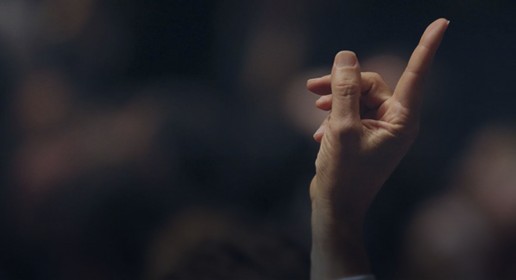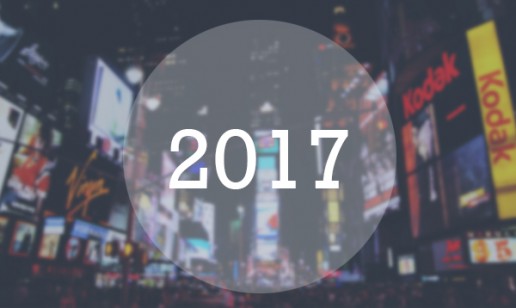The Header Bidding Trends That Will Impact Publishers Most
For publishers, Header Bidding is a cost effective and advantageous opportunity to maximize their revenue. Buyers and sellers can expect to see more developments.
Since last year Header Bidding has been a hot topic of conversation among digital marketers and publishers worldwide.
For publishers, Header Bidding is a cost effective and advantageous opportunity for publishers to maximize their revenue simply by making the programmatic buying process more efficient. If you’re not sure how Header Bidding works, read our article which explains how it works.
Or watch this video:
But the question we’re asking today is what the biggest trends in header bidding will be next? Expect to see these trends in Header Bidding unfold this year:
1. Video Header Bidding
Considering the explosive demand for video content among audiences, it’s no wonder publishers would look for ways to streamline and scale up their video revenue stream. Video Header Bidding is a natural next step for publishers looking to capitalize on video and maximize yield.
Many argue that video advertising still requires a great deal of cleaning up and organisation due to the fragmented nature of the new frontier. Video Header Bidding may be a part of this solution. Video Header Bidding no doubt increases competition, but it functions differently from regular display.
Technically, there is no “header” code in a video player. Video players functions as a mediating technology between the website and demand side platforms. But there is significant potential for Video Header Bidding to help add efficiency and transparency into the confusing video landscape, while putting more control back into the hands of publishers as far as partner selection goes.
However, not everyone agrees that Video Header Bidding will work and even argue that the solution can lead to data leakage. More on the other side of the argument, here.
2. Header Bidding Partner Optimization
As we know by now, many vendors are jumping on the Header Bidding band wagon. And while more competition often means more options are made available to publishers, it also means that the landscape becomes more fragmented. its important for publishers to understand and choose the right partners.
That means asking the right questions. Are the partners providing more or less value to your stack? Will your partner be willing to take on the challenge of integration, and if there are technical on-boarding issues is there a client services team who can service you on demand? Optimizing header bidding partners and separating the winners from the losers will no doubt be on the agenda for publishers the world over and publishers will need to do their due diligence.
3. Server to Server Integration
Header Bidding is going to evolve, this is a given with any technology. The next natural development for Header Bidding is going to be in the form of server-to-server connections. Digiday gives a really great definition of what server-to-server connections are here.
In a nutshell, server-to-server allows for the bidding process to happen on partner ad servers rather than on the publisher’s browser. The result? Publishers can pass along the heavy lifting to a third party. There are benefits like reducing latency and page load times, increase efficiency and allow for more partners to plug in.
Want to learn more? Connect with our team at sales@clearpier.com
[Video] The Ten Biggest Marketing Trends of 2017
If you’re wondering what the big trends to look out for are, just watch this.
Want to learn more? Connect with our team at sales@clearpier.com
[Video] Valentine's Day Marketing Stats That Will Make You Rethink Your Marketing
The way consumers celebrate Valentine’s Day has changed.
This video explains how.
https://youtu.be/ZCAbMT_RtfI
Did you know that Valentine’s Day sales reached an all-time high in 2016 at $19.7 Billion, according to the National Retail Federation.
Fortune and MarketWatch report that this year, sales for the holiday are projected to dip down to $18.2 Billion.
But nonetheless, Valentine’s Day continues to be one of the year’s most popular holidays – at least when it comes to consumer spending.
Marketers take note, the way consumers are celebrating Valentine’s Day has changed and the stats might actually surprise you.
1. 54.8% of Americans Celebrate Valentine’s Day
In fact, people of all ages celebrate Saint Valentine’s Day.
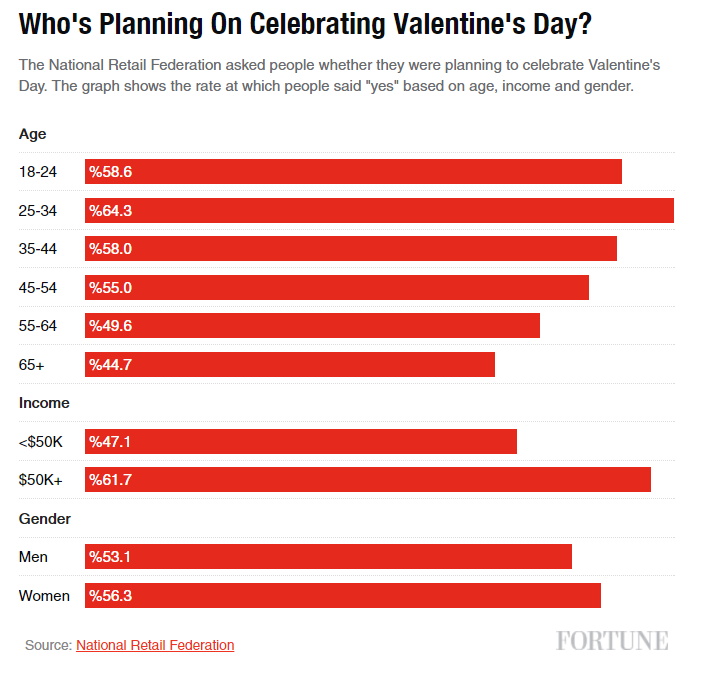
2. Valentine’s Day Consumer Spending is Second Only to Christmas
Spending lots of money on Valentine’s Day is pretty normal. On average, people spend $512.03 for the special day.

Considering what people are buying, the numbers add up…
3. Jewelry is the biggest consumer spending category, followed by Experiences
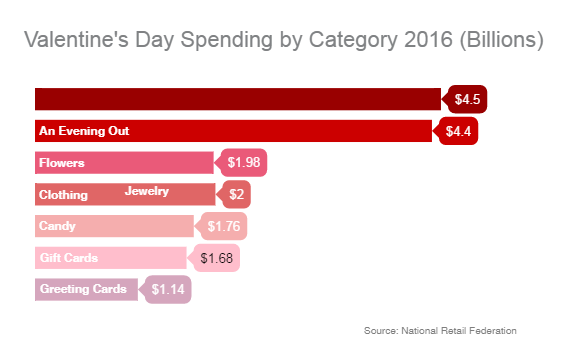
4. $681 Million total Valentine’s Day gifts are spent on pets

Just a few of our very own doggy friends at ClearPier.
That’s right. Consumers love their pets and Valentine’s Day is just another excuse to dote on our furry friends. In fact, 19% of all Valentine’s Day gifts go to pets, averaging out at $26 per shopper.
5. Singles, couples, men and women all participate – but men on average spend TWICE as much
No a days, it would be a mistake for marketers to focus on only couples. Many single people now also celebrate Valentine’s Day, while others simply buy presents for friends.
In fact, Bing has reported that when people search “Valentine’s Day Gifts For…” 22% of people fill the rest of that sentence in with “husband,” 20% finish it with “friend,” and 17% type in “boyfriend.”
And although things have changed, some traditional gender norms seem to persist as men typically spend on average twice as much as women for Valentine’s Day. A single man may spend on average $71 for the holiday, while a single woman may only spend $40, although people in a relationship typically spend more.
6. More people are shopping online, and Mobile drives that growth
From 2015 to 2016, mobile searches for Valentine’s Day rose from 40% to 48% according to Bing. However, there is still a 50-50 split between desktop and mobile shoppers.
7. 50% of proposals actually happen around Valentine’s Day which contributes to keep jewelry a popular gift item
That’s good news for brands advertising big ticket items like engagement rings, ear rings, necklaces, and more.

8. But Experiences based gifts or evenings out are also popular – great news for local search.
39% of individuals prefer gifts like tickets to a concert, a dinner out, or a day at the spa or a relaxing stay at a ritzy hotel to material gifts.

And with 34% of consumers planning to eat out on Valentine’s Day, restaurant ads actually peak the day before the holiday. And the reason for that may simply be that Valentine’s Day gifting usually includes less planning and more impulse purchases instead.
9. These were the most popular search terms in 2016 on Bing for Valentine’s Day (Desktop):
- Etsy
- Flowers
- Olive Garden
- Valentine’s Day
- Victoria Secret
- Edible Arrangements
- Love
- Kay Jewelers
- Hearts
- Eddie Bauer
10. These were the most popular search terms in 2016 on Bing for Valentine’s Day (Mobile):
- Jewelry
- Valentine’s Day
- Engagement rings
- Earrings
- Love
- Gift card
- Pandora charms
- Etsy
- Necklace
- Online grocery
11. Valentine’s Day results in 7.6% increase of usage for matchmaking apps like Tinder
In fact, according to Tinder, last Valentine’s Day the app saw a 7.6% usage increase and a 6% match increase (U.S.). Messaging also increases by 5.2% (U.S.) on Tinder around Valentine’s Day.
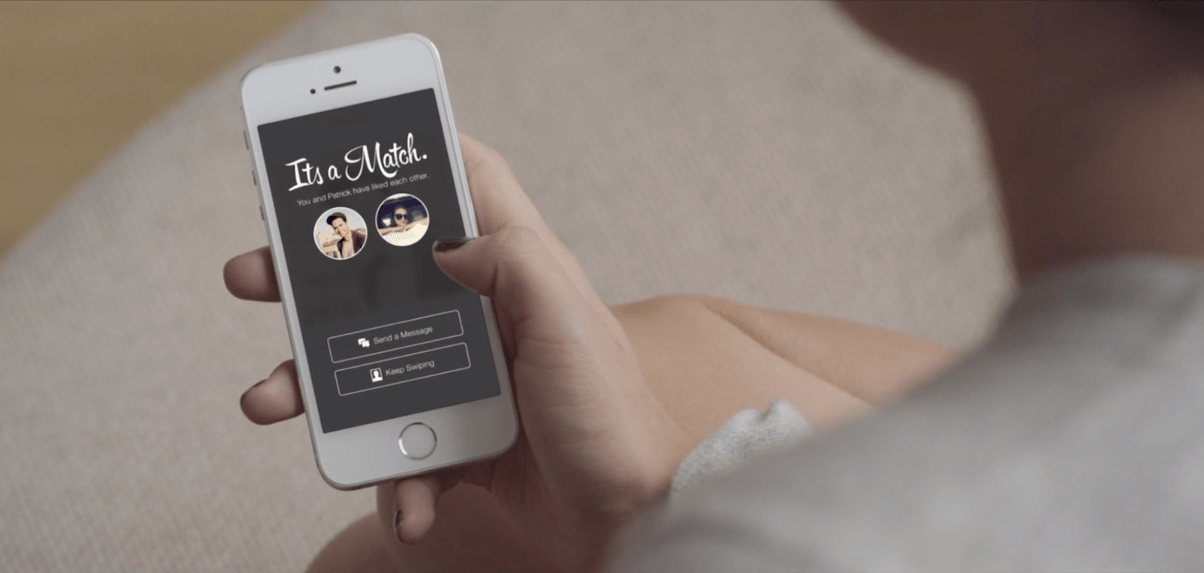
So it’s a happy Valentine’s Day for many, indeed.
You can get more Valentine’s Day marketing insights from Bing in their Search Bing for Love presentation.
Want to learn more? Connect with our team at sales@clearpier.com
Top 10 Marketing Trends of 2017
Demand for Performance to grow as technological innovations and marketing strategy advances in 2017.
https://www.youtube.com/watch?v=X7HLEMcop8U&t=4s
2016 was a big year for marketers around the globe, filled with major shifts across the digital media landscape. AR quickly entered the mainstream with the swift rise (and fall) of Pokémon Go, perhaps one of last year’s biggest pop-culture phenomenons. Everything online was about or delivered in the form of video, and changes in direct-on-social-selling has altered the buyer journey.
With all the changes that occurred, what can we expect as we move swiftly into the new year?
Here are our team’s predictions on the biggest marketing trends of 2017.
1. Influencer Marketing budgets will double

Influencer marketing, continues to be an effective way for advertisers to reach niche audiences.
In 2017, investments by brands into influencer marketing may grow by 48%. As a strong strategy to get in front of audiences through trusted recommendations while simultaneously getting around the problem ad blocking, influencer kills two bird with one stone. You can bet that this is one channel that won’t be slowing down any time soon.
2. More emphasis on Interactive Content Marketing

Move over read-only content, interactive content is about to shake things up.
Marketers know all too well that attention spans are getting shorter, and interactive content may be the answer to cut through the noise to get audiences to engage with branded content at a deeper level.
From quizzes, polls, surveys, and contests to infographics and before-and-after reveals, interactive content seems to be growing in popularity. Many content experts believe it may in fact be a better way to educate readers while simultaneously allowing marketers to collect data.
3. Demand for Performance will Grow alongside demand for brand safety
More brands, agencies, and advertisers will shift their budgets towards Performance in 2017 to better align budgets with ROI.
Companies will look to work more closely with performance partners that have the technology and experience needed to better manage, track and optimize their campaigns rather than trying to build a performance unit in-house which requires a steep learning and development curve for immediate success. Vendors who can guarantee performance, scale, and brand safety will also grow in demand.
4. Social Media continues to be a strong channel for brands, content and SEO strategy
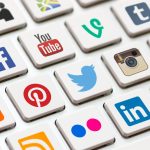
Facebook isn’t going away. Influencer marketing will be heavy on Instagram. And with over 100 million daily active users and 400 million snaps per day, every marketer’s Snapchat game better get on point.
But there will be shifts. Capturing moments and experiences will be a valuable and trendy tactic for brands to reach social media savvy audiences. It’s no longer enough to post about what it was like to be at an event, wear a new shirt, or taste a new recipe – now marketers need to show audiences what it feels like. Real-time posting will be ever more in demand to make experiences immersive and genuine.
5. Virtual/Augmented Reality will further be explored
Virtual and augmented reality is here! Snapchat and Pokémon Go have done wonders to expand the horizon for augmented reality. The question for brands now is how to best utilize the technology.
While some businesses may still be on the fence about AR, e-commerce retailers without brick and mortar stores may find the technology advantageous. As the technology and its accessibility continues to advance, we can be sure to find more marketers jumping onto the AR/VR bandwagon.
6. Video + Live Streaming
Video will continue to dominate in 2017 and we will see the use of live streaming grow.
It’s important to note, however, that video will be driven by mobile which means marketers will need to maintain a mobile first strategy. With over 90% of Facebook feeds filled with video, and mobile video stats ballooning since 2015, we can expect the shift towards video to continue.
Though it’s a time consuming medium, the demand for video among audiences is only growing and marketers need to embrace the change.
7. Native Advertising will grow but face scrutiny

It’s been a somewhat problematic year for native advertising given the discussions around the problem of ‘fake news’ online. We know that native advertising is designed to promote branded content in an organic, uninterrupted way, but 2016 brought to popular attention the need for marketers to run creative native content responsibly.
Disclosure – that is, clear identification of paid native ads around editorial content – will remain the biggest concern for native advertisers this year. The IAB predicts that in-feed native will continue to make up the bulk of native ad revenue, and brands will continue to shift their ad dollars towards native.
8. Mobile First – Always

In the past several years, it has been drilled into our heads that marketers need to be on mobile because that’s where consumers are.
We’ve all wisely shifted to mobile. Indeed, according to venturebeat.com, approximately 59.5% of Google’s net global ad revenue will come from mobile ads this year (up from 45.8% in 2015).
While the shift to mobile has resulted in the growing monetization of apps, as well as increased demand for video, the problem remains: bots follow the money trail. CMO.com predicts that ad fraud bots will behave even more like humans in 2017, making it ever more difficult to detect.
Advertisers will need to be vigilant and persistently press vendors for transparency on how their budgets are being spent, which is why many Canadian advertisers are beginning to shift their attention to private marketplaces.
9. Everything will be personalized

To reach the right audience at the right time, we as marketers need to send the right message and that requires personalization.
In 2017, personalization will continue to be top-of-mind as audiences become more acutely aware and critical of what and how marketers communicate with them. Marketers will need to keep audience lists healthy and well segmented according to behaviour, preferences, habits, geo-location and more to continue winning positive audience attention and engagement.
10. Customer Experience will come first

Understanding the importance of the customer experience is at the core of any strong marketing strategy. Businesses that embrace a customer-centric approach will find more success in the year ahead.
But how do you make the shift? Consider the following:
- Turn customer service into an essential business mantra, across departments
- Listen to your customer’s feedback and make changes that answer their needs
- Re-imagine social media as an extension of customer support
Now you know the biggest marketing trends to watch out for in 2017. So get out there, and start making awesome happen all year long.
Want to learn more? Connect with our team at sales@clearpier.com
